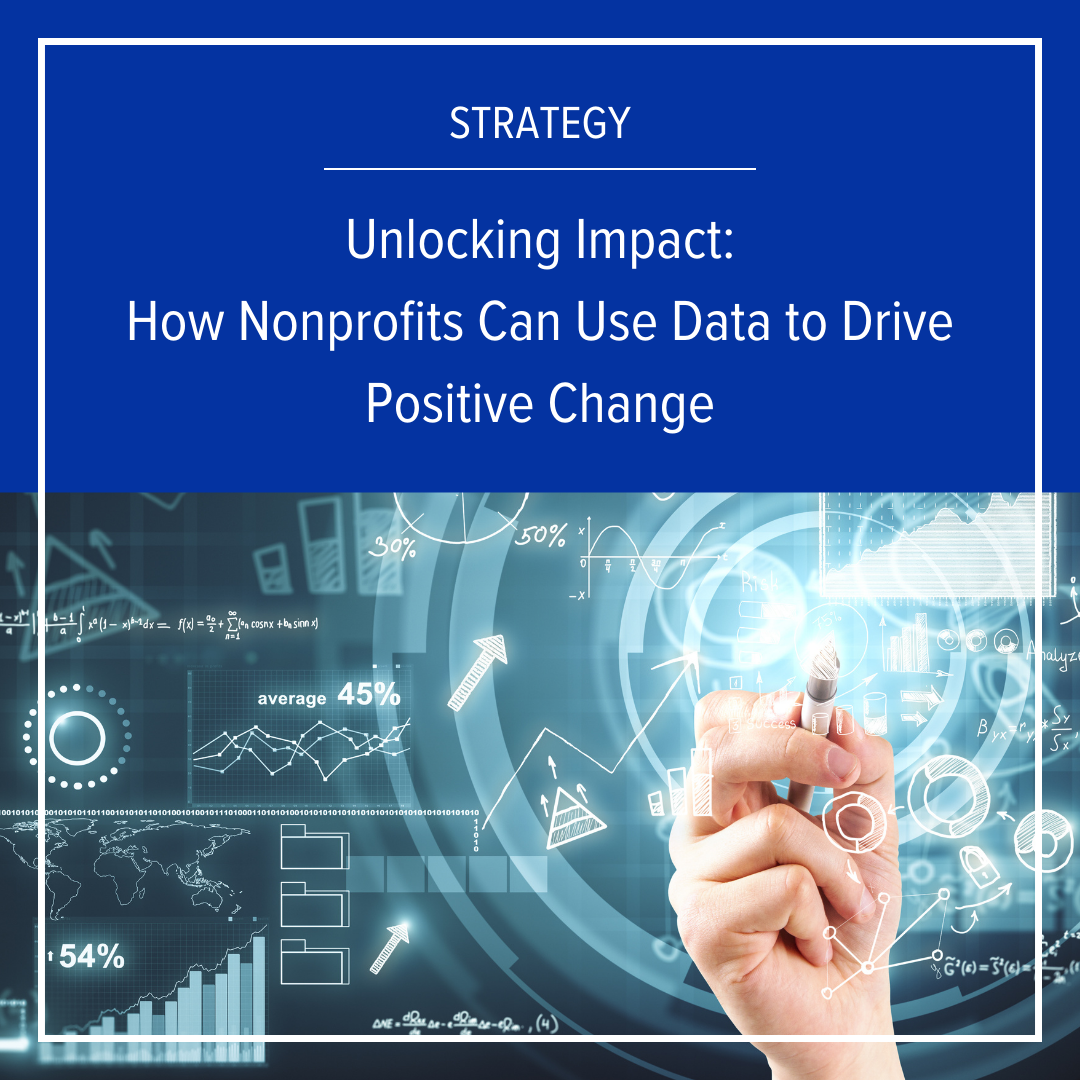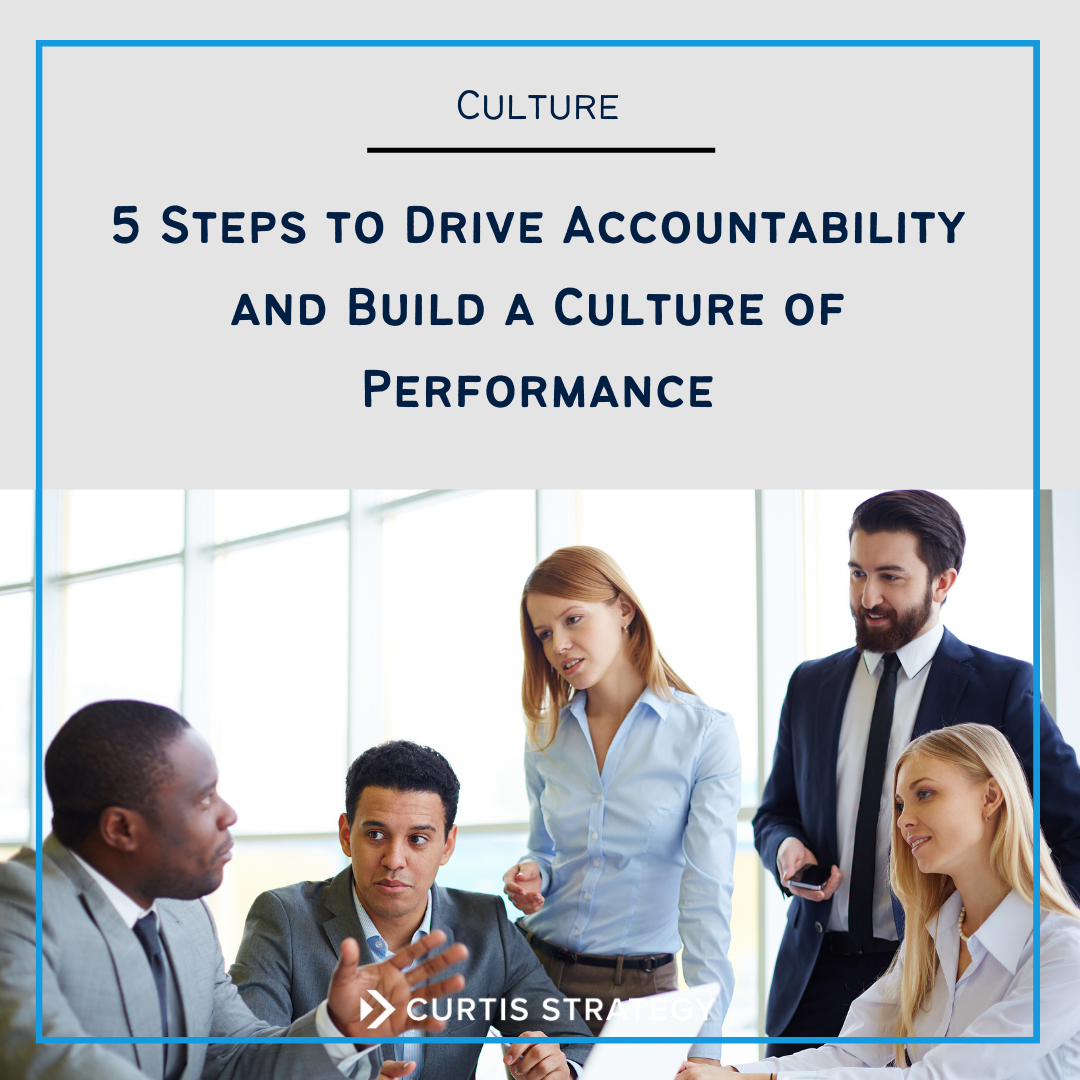
INSIGHTS

The Surge of Strategic Partnerships in the Nonprofit Sector: Navigating the New Landscape of Change
Nonprofits are increasingly turning to strategic partnerships in response to economic pressures, technological advancements, and heightened competition. These collaborations offer opportunities to pool resources, enhance talent acquisition, and invest in critical technology. However, successful partnerships require careful planning. By embracing strategic collaborations, nonprofits can navigate challenges, ensure mission continuity, and position themselves for a sustainable future.
The Surge of Strategic Partnerships in the Nonprofit Sector: Navigating the New Landscape of Change

Charting the Course: A Practical Guide to Nonprofit Succession Planning
Learn how to navigate the looming leadership crisis in the nonprofit sector.
Discover common succession planning obstacles and download a step-by-step guide to ensure a smooth transition and safeguard your organization's mission.

Leading Through Transformation: The Nonprofit CEO's Toughest Call
Change is the hardest decision for nonprofit CEOs, yet it's essential in today's dynamic landscape. Curtis Strategy partners with you to navigate the complexities of transformation, providing support, guidance, and an objective view. We help you overcome resistance, build a culture of change, and empower your leadership to drive success. Don't face change alone – contact us to learn how we can help your organization thrive.

Congratulations to Advocates, HMEA, and Family Continuity on their groundbreaking nonprofit merger!
Advocates, HMEA, and Family Continuity's groundbreaking merger marks a significant milestone in human services in Massachusetts and Rhode Island. By combining their strengths, this unified organization is poised to make a profound impact on the lives of over 40,000 individuals, setting a new standard for comprehensive care. This strategic alliance is a testament to the power of collaboration and shared vision, promising to transform the landscape of care in the region.

Leading Change While Preserving Culture: A CEO's Guide to Sustainable Transformations
Successful nonprofit leadership means effectively navigating organizational change while preserving core values. Change, while necessary, can be disruptive and emotionally taxing for staff. To successfully guide your nonprofit through periods of change, it's crucial to balance urgency with empathy. This involves understanding the impact of change on your organization's culture and structure, and taking steps to mitigate resistance. The following provides a valuable framework, emphasizing the importance of clear communication, coalition building, and celebrating wins.

Partnerships Aren't Perfect: How to Overcome the Obstacles in Nonprofit Partnerships
While strategic partnerships offer numerous benefits to nonprofits, the process of forming them can be daunting due to perceived hurdles such as identifying the right partner, creating agreements, and managing the collaboration. However, these challenges can be overcome with careful planning and execution.

From Friction to Flow: Practical Strategies for Building Bridges Between Nonprofit CEOs and Boards
Nonprofit boards are often composed of dedicated individuals with expertise outside the organization's core mission. While their passion is invaluable, a lack of specific nonprofit market understanding can lead to a domino effect of challenges. The solution lies in building bridges, not walls. This ensures CEOs can translate passion into impactful strategies, keeping the organization relevant, effective, and true to its mission.

Unlocking Impact: How Nonprofits Can Use Data to Drive Positive Change
Data is the fuel that propels effective decision-making, allowing nonprofit organizations to maximize their reach and achieve their missions more efficiently. This is why a data strategy is crucial - it empowers nonprofits to leverage their information to build a more impactful future. Data is a powerful tool, and in the hands of forward-thinking organizations, it can pave the way for a brighter future for both the organization and the communities it serves.

Unlocking Potential: How Organization Design Can Boost Your Team's Performance
Struggling with unlocking the full potential of your nonprofit team? You're not alone. Collaborative efforts can often be hampered by unclear communication, unhealthy competition, and unclear roles, leading to lost productivity and missed opportunities. But what if a framework existed to guide you in empowering your team to achieve peak performance? Imagine a team that collaborates seamlessly, embraces challenges with enthusiasm, and consistently achieves objectives. It's possible with the right framework.
Our nonprofit consultants have 5 tips based on real-world success stories help organizations like yours reignite employee passion, foster ownership, and drive measurable results.

Embracing the Future: Strategic Planning for Nonprofit Sustainability
By embracing strategic planning and adapting to the ever-changing landscape, nonprofits can continue to deliver their vital services, address community needs, and make a lasting impact on the world. Strategic planning is not a one-time exercise; it is an ongoing process that requires continuous adaptation and refinement to ensure that nonprofits remain relevant, effective, and resilient in the face of challenges and opportunities.

5 Steps to Drive Accountability and Build a Culture of Performance
Organizations are overflowing with data, but not all data is created equal. In order to use data to improve performance and mission outcomes, it is important to collect the right data, analyze it effectively, and make data-driven decisions.
Our nonprofit consultants recommend 5 steps to enable CEOs and COOs to use data effectively to drive the change needed to build a culture of performance.

The Fundamentals of Feedback
We’ve all heard the adage “feedback is a gift.” While most nonprofit leaders would agree, providing constructive feedback is a skill not all managers have mastered. Many managers are so uncomfortable giving feedback, that they avoid difficult conversations altogether. And receiving constructive feedback gracefully is another skill set altogether.
But studies show that high performing individuals crave feedback. In order to develop and retain that talent, and compete in the war for talent, we have to create a culture of feedback within our organizations. This means teaching our staff how to give - and receive - feedback effectively.
In this post, we will explore the do’s and don’ts for giving and receiving feedback and how you can support a culture of feedback within your organization.

Four Pillars of Successful Performance Reviews
For the most part, leaders agree on the importance of performance reviews and high performing individuals crave feedback. So why does it feel so difficult to create an effective performance review process? And how should reviews be designed to ensure they are effective? In order to function at their best, performance reviews need to be consistent, objective, contextual, and impactful.

Capacity & Cost Savings Through Org Design
It is important nonprofit organizations remember to address ‘how we work’ before ‘how many of us are working’ in order to tackle capacity issues more effectively. Our nonprofit consultants recommend addressing the root cause of capacity issues to free up time and resources that can be used to achieve your nonprofit organization’s strategic goals. This will lead to improved performance, reduced costs, and increased efficiency.

The Secret to a Successful Nonprofit Merger
In recent years there has been a massive upswing in the number of nonprofit mergers and affiliations throughout the country. As a nonprofit consulting firm that has facilitated a number of merger transactions for our clients, we have seen firsthand the factors that contribute to deal success. A nonprofit merger or affiliation (M&A) is weighted heavily on the relationships that exist between two organizations. Meaning, the currency of a nonprofit deal is the relationship that exists between the two organizations, which means the progress of the deal will move at the speed of trust.

CEO’s Guide to Managing Capabilities and Complexity
In recent years the role of nonprofit CEO has become increasingly complex. Between managing large-scale turnaround, merger integration, reducing costs, and technology implementation, nonprofit leaders are challenged with issues that require innovative thinking and new approaches to managing.
In this article, we are going to provide insight into two areas of focus that go hand-in-hand to help CEOs achieve short and long-term goals.

How to Gain a Digital Competitive Advantage Over your Peers
Your non-profit peers are all working hard to serve their community and fulfill their mission. How can you know if you are gaining or losing ground against them? And once you know where you stand, is there anything you can do about it?
While obvious metrics like the number of employees they have or their total budget will give you an overall sense of their scale, these metrics alone cannot tell you whether you are winning mindshare or gaining an edge in awareness, which can lead to better fundraising or an increase in your base of volunteers.
Fortunately, there are ways to use online resources to find out how you compare to your peers. By analyzing search keywords, organic search traffic, ad budgets and social media sites, you can get a good idea of where you stand and where you need to improve.

Benefit Strategy: Keep, Cut, Create, and Communicate!
A benefits package is a great way to demonstrate how much you value your nonprofit employees. An effective benefits strategy is one that meets your employees’ needs while staying within your budget. A great benefits strategy combines employee needs, business needs, and aligns with your culture. If a merger isn’t in your future, it’s still important to reevaluate your benefits package regularly and remember to balance employee needs with the organization’s culture and budget.

Understanding the Benefits and Potential Drawbacks of Mergers
Nonprofit mergers can provide organizations with the opportunity to achieve economies of scale, increase market share, and diversify their program or service offerings. However, there are also potential drawbacks such as cultural conflicts, financial risks, and regulatory hurdles that organizations need to consider as part of the merger process.

3 Themes Taking Us Into 2023
2022 continued to be a year of rapid change for our mission driven clients and for the health and human services, association, credit union, and higher education sectors they operate in.
As the major shifts in the landscape show no signs of slowing, our nonprofit consultants have identified three themes that have been the focus of 2022 that will carry over into 2023: nonprofit consolidation, succession planning, and enhancing board governance.
